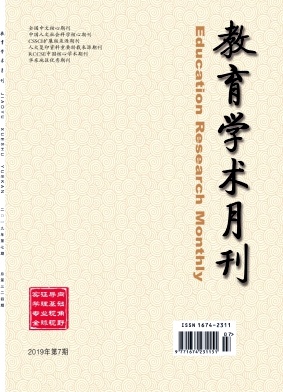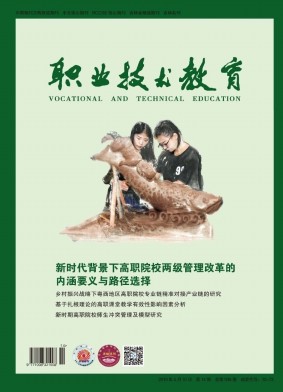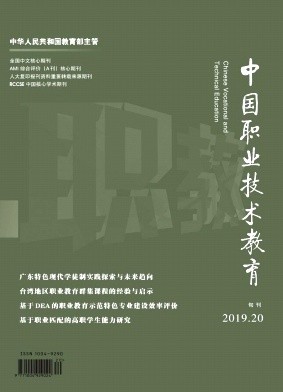摘要
为了满足高压直流输电体系对绝缘子性能的特殊要求,使用三氧化二铝(Al2O3)和二氧化钛(TiO2)复配掺杂的方法改性环氧树脂基底,对复合物表面结构以及绝缘特性进行了分析。绝缘性能测试结果表明,相比于Al2O3或者TiO2单独掺杂,共掺杂可以更显著降低复合物表面电阻率并且增加电气强度。将2种纳米材料的质量调到合适比例时,纳米粉体/树脂基底界面上会形成一定的导电通道,载流子可以沿着通道被传导出去,从而改善表面电阻率。而适当量Al2O3的引入可以进一步改善材料的电气强度。优化后复合物的表面电阻率为8.62×1013Ω,电气强度可达到29.01 kV/mm,共掺杂的协同效应对于树脂绝缘性能的提升十分有意义。
In order to meet the special requirements for insulator in high voltage direct current transmission system,aluminium oxide(Al2O3)and titanium dioxide(TiO2)were employed as inorganic filler to modify epoxy resin,and the surface structure and insulation characteristics of these composites were investigated.The results of the insulation property experiments show that as compared with epoxy resin separately doped by Al2O3or TiO2nanoparticles,the counterparts with both of two fillers display a desirable decrease in the surface resistivity and a favourable enhancement in the electrical strength.When the mass ratio of two fillers is optimized,the interfaces between inorganic nanoparticles and epoxy resin might act as conductive channel,and the carriers could be conducted along the channels,thus improving the surface resistivity.Meanwhile,the presence of Al2O3nanoparticles could significantly reinforce the electrical strength.The surface resistivity and electrical strength of the optimized composite are 8.62×1013Ωand 29.01 kV/mm,respectively.The synergistic effect between different fillers will be very significant for the improvement of performance of various insulating resins.
机构地区
哈尔滨工业大学化工与化学学院
出处
《高分子材料科学与工程》
EI
CAS
CSCD
北大核心
2021年第2期61-66,共6页
Polymer Materials Science & Engineering
基金
国家电网有限公司总部科技项目(SGHA0000KXJS1800891)。
关键词
环氧树脂
三氧化二铝
二氧化钛
电阻率
电气强度
epoxy resin
aluminium oxide
titanium dioxide
surface resistivity
dielectric strength




